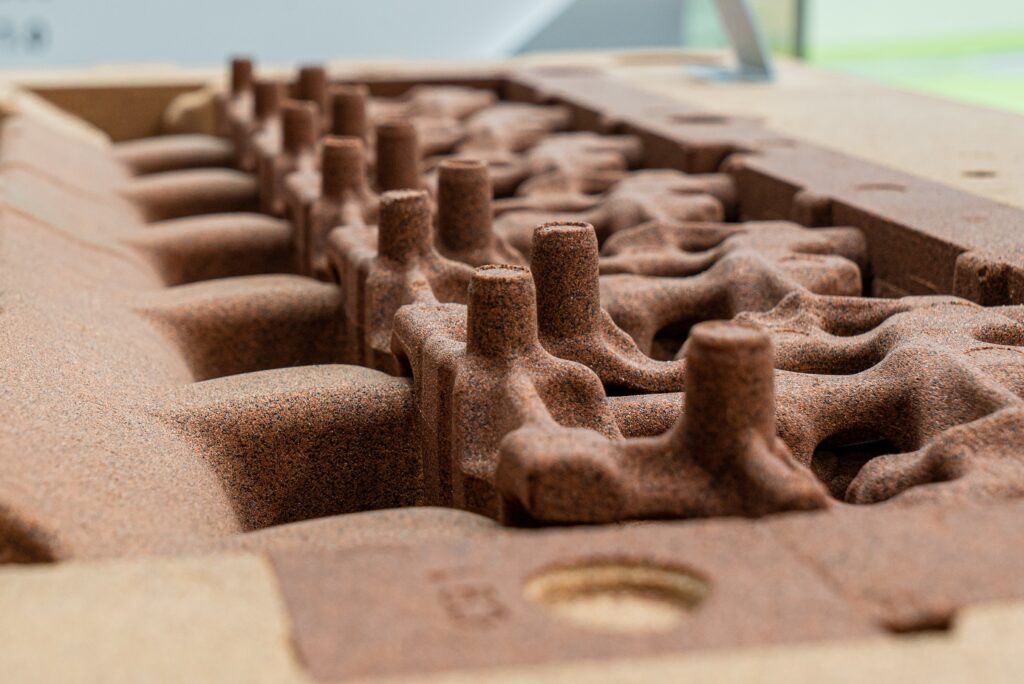 Casting is a fascinating manufacturing process that has been around for centuries, allowing us to shape metals and other materials into a wide variety of forms. In simple terms, casting involves pouring molten material into a mold and letting it solidify to create a desired shape. Let’s explore this process and its key elements.
Casting is a fascinating manufacturing process that has been around for centuries, allowing us to shape metals and other materials into a wide variety of forms. In simple terms, casting involves pouring molten material into a mold and letting it solidify to create a desired shape. Let’s explore this process and its key elements.
- Pattern Creation: The first step in casting is creating a pattern, which serves as a template for the final product. Patterns can be made of wood, plastic, or metal and are designed to replicate the shape and features of the desired object.
- Mold Preparation: A mold is created by packing a special material, often made of sand or plaster, around the pattern. The mold is divided into two halves, called the cope and drag, which fit together to form a cavity. Additional channels and vents are also included to allow for the flow of molten material and the escape of gases.
- Melting and Pouring: The chosen material, typically metal such as iron, steel, aluminum, or bronze, is melted in a furnace at high temperatures. Once molten, it is carefully poured into the mold through the channels, filling the cavity completely.
- Solidification: As the molten material fills the mold, it begins to cool and solidify. The cooling process determines the final characteristics of the casting. Different cooling rates and techniques can be employed to achieve specific properties like strength, hardness, or dimensional accuracy.
- Removal and Finishing: Once the material has solidified and cooled, the mold is removed to reveal the cast object. The casting may undergo post-processing steps, such as removing excess material (called gating and risers), cleaning, grinding, machining, and surface treatments, to achieve the desired final appearance and dimensional accuracy.
Casting offers several advantages in manufacturing. It allows for complex shapes and intricate details that may be challenging to achieve through other processes. It also facilitates mass production by enabling the creation of multiple identical copies of an object.
Casting finds applications in various industries, including automotive, aerospace, construction, and art. From engine components to sculptures, casting provides the means to create objects with diverse sizes, shapes, and materials.
While traditional casting methods have been prevalent for centuries, advancements in technology have introduced new techniques like investment casting, die casting, and continuous casting, offering enhanced precision and efficiency.
Casting manufacturing is a remarkable process that enables the transformation of molten materials into solid objects of countless shapes and functions. It combines artistry, engineering, and innovation, contributing to the creation of products that shape our modern world.